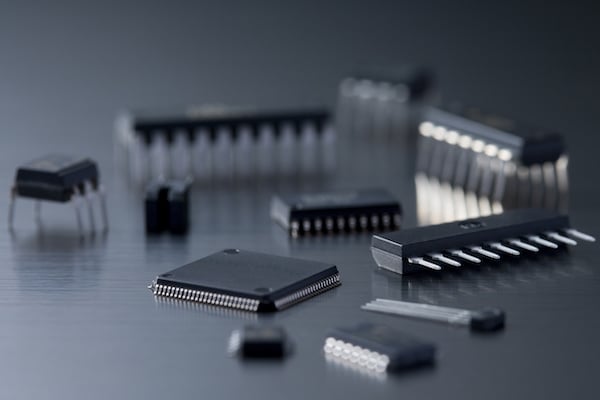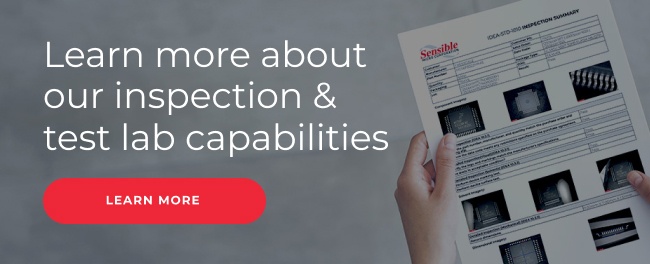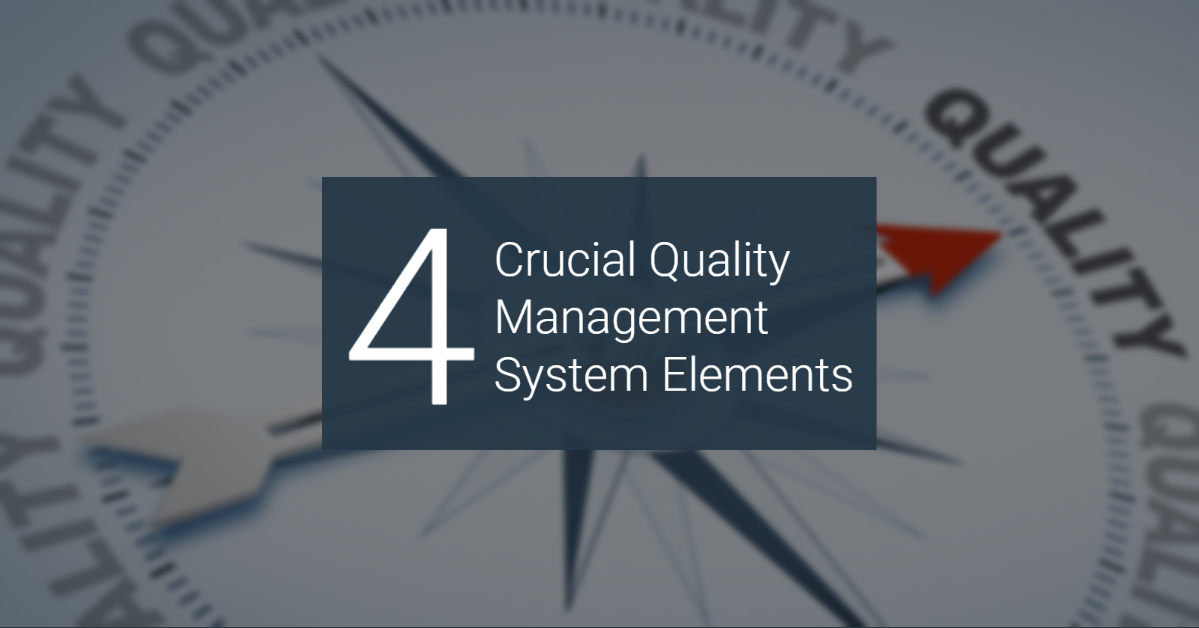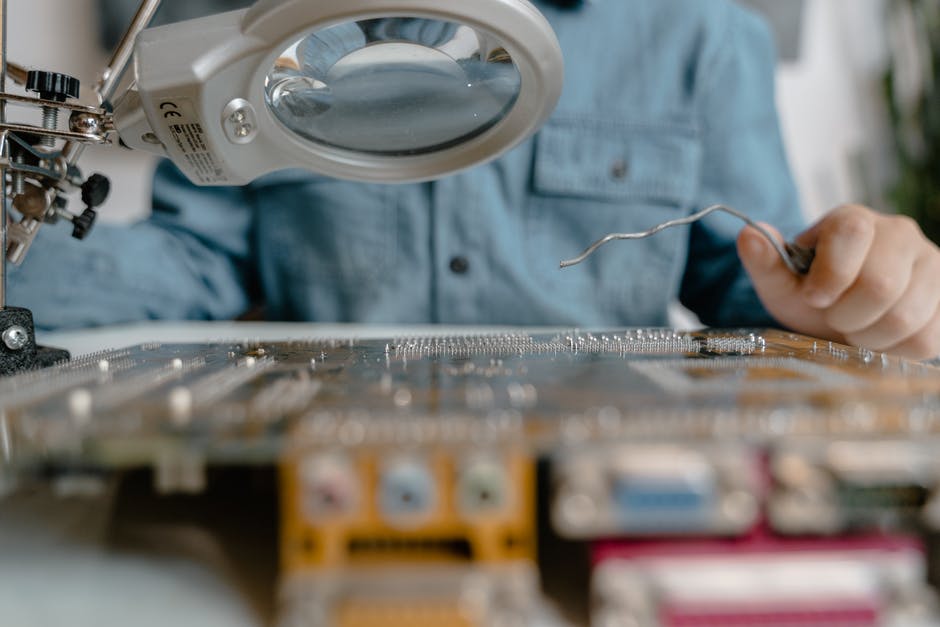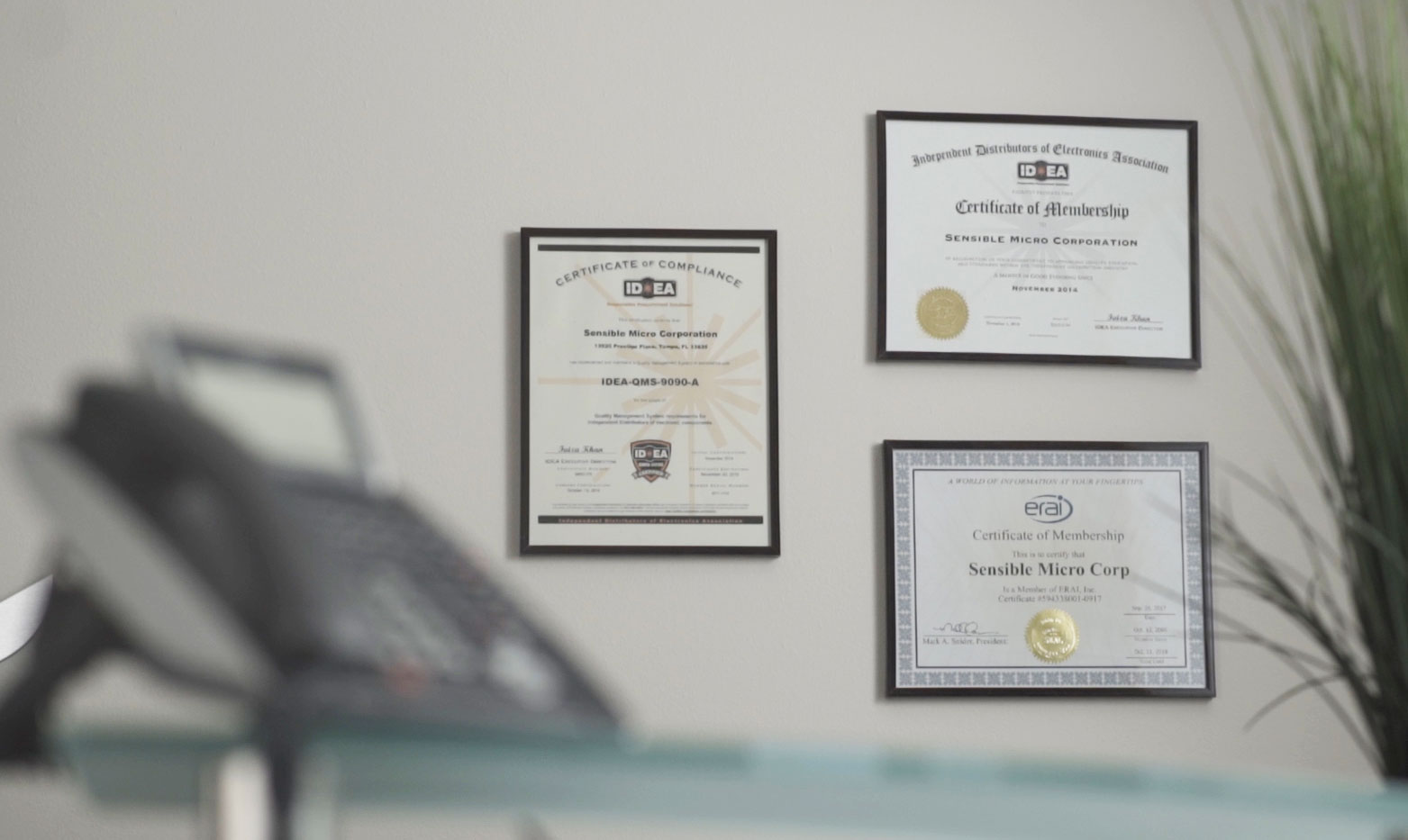There are a number of reasons a manufacturer may choose to source parts from outside their regular supply chain. Perhaps there is a shortage, and the component can only be found in the global marketplace; maybe a part has become obsolete, and it’s needed to finish a batch of product before making the switch; or it could just be a cost-saving technique. Whatever the reason, when a manufacturer goes outside their supply chain, there is always the risk of introducing subpar or counterfeit parts into the mix.
The good news, there are ways to mitigate quality control issues with independent component distributors.
1. Proper Storage and Handling
Some parts move faster than others. For parts that sit around for a while, it’s imperative that proper storage techniques are followed to ensure the part remains functional. Some factors that can harm electronics over time are as follows:
- Heat. Without proper ventilation and cooling, a warehouse can become an oven, especially in warm climates. Heat can warp parts and render them useless.
- Cold. Extended exposure to cold temperatures can cause condensation; this moisture can cause an internal short when the device is powered up quickly.
- Humidity. Just as in the scenario above, moisture caused by humidity can result in a fried component. Even electronic parts sealed within a box will eventually become compromised when exposed to high levels of humidity.
- Stacking. This may seem like a no-brainer, but it’s not uncommon for some warehouses to stack heavier product on top of lighter product (especially when a product doesn’t move quickly; it winds up at the bottom of the pile). This, of course, can result in damaged parts due to crushing.
Manufacturers choosing a distributor will want to be sure parts are stored in a temperature and humidity-controlled warehouse that is ANSI ESD S20:20 certified. This certification means the facility meets the global standards for static control set forth by the EOS/ESD Association, a professional organization that advocates for the protection of electrical and electronic parts, assemblies, and equipment.
2. Compliance with ISO Standards
Manufacturers should also seek out a distributor that is compliant with International Organization for Standardization (ISO) regulations. Headquartered in Geneva, Switzerland, and working in 164 countries, ISO is the standard-setting body composed of representatives from various national organizations. Since 1947, ISO has been promoting worldwide proprietary, industrial, and commercial standards, and it is one of the first organizations granted general consultative status with the United Nations Economic and Social Council.
The magic ISO number you should be looking for is 9001. ISO 9001 spells out the requirements expected from a distributor’s quality management system (QMS), and those that abide by it provide the best indicator of proper quality control. If a component distributor is not certified, this should raise a red flag as it demonstrates that there are no quality assurance guarantees and that a regulated QMS is not in place.
It’s important to note that some industries have specific requirements, approvals, and regulations. For example, AS9100 are aerospace standards that are based on ISO 9100, but include additional industry-specific QMS standards.
3. Internal Quality Inspection Services
If a component distributor is as concerned about quality as you are, they will conduct their own internal inspection on all parts that go through their facility. It’s also important that the distributor adheres to IDEA-STD-1010, the benchmark of inspection standards that uses a 72-point visual confirmation for counterfeit mitigation.
Component inspectors should also be IDEA-ICE-3000-certified. This certification shows expertise in inspection, research, and counterfeit detection, and demonstrates that they have knowledge of industry best practices and quality assurance standards.
Some of the testing that may be conducted within an IDEA-STD-1010 include:
- Visual inspection of shipping carrier for signs of damage
- Visual inspection of inner packaging for signs of damage
-Verifying bag seals, labels, ESD packaging & moisture sensitive packaging. - Visual inspection of carrier type-Reels: Verifying placement of labels, component orientation, carrier tape & counts
-Trays: Verifying counts, component orientation
-Tubes: Verifying counts, tube type
-Bulk: Verifying counts, labels & proper packaging - Initial Inspection-Verification of customer requests (Date code restrictions, RoHS requirements, etc.)
-Verification of labels - Comparing against golden samples, comparing against manufacturer datasheets for placement and layouts. - Detailed Inspection-Verification of component markings to datasheet & golden samples(if available)
-Confirming markings show no sign of being remarked or restamped
-Confirming markings are consistent throughout
-Inspection for burn marks/laser marks, previous signs of programming/testing dots, confirmation of no burn or blister marks & no signs of heat sink/tool marks
-Inspect leads for manufacturing tool marks & exposed copper on lead tips
-Confirm leads show no signs of being retinned or show signs of excess solder build up
-Inspect leads to ensure no scratches are present - Ensure there are no signs of previous use, oxidation or corrosion/contamination - Marking Permanency-Perform Device Marking Test to ensure there are no signs of secondary coating
-Perform Device Surface Test to ensure there are no signs of secondary coating
-Perform Scrape Test to ensure there are no signs of secondary coating - Mechanical-Capture physical device measurements and compare to datasheet
All date and lot codes are captured and recorded & physical counts are completed on all shipments.
Finally, a Distributor That Cares About Quality!
Looking for a distributor that cares about quality? Look no further. At Sensible Micro, we inspect and test products with one of the most technically-advanced inspection labs in the industry. Our quality policy outlines Sensible Micro’s mission to continuously improve the effectiveness of our quality system and processes to prevent quality control issues and to meet and exceed customer expectations every time. To learn more about our component inspection and testing services, contact a Sensible Micro representative today.















